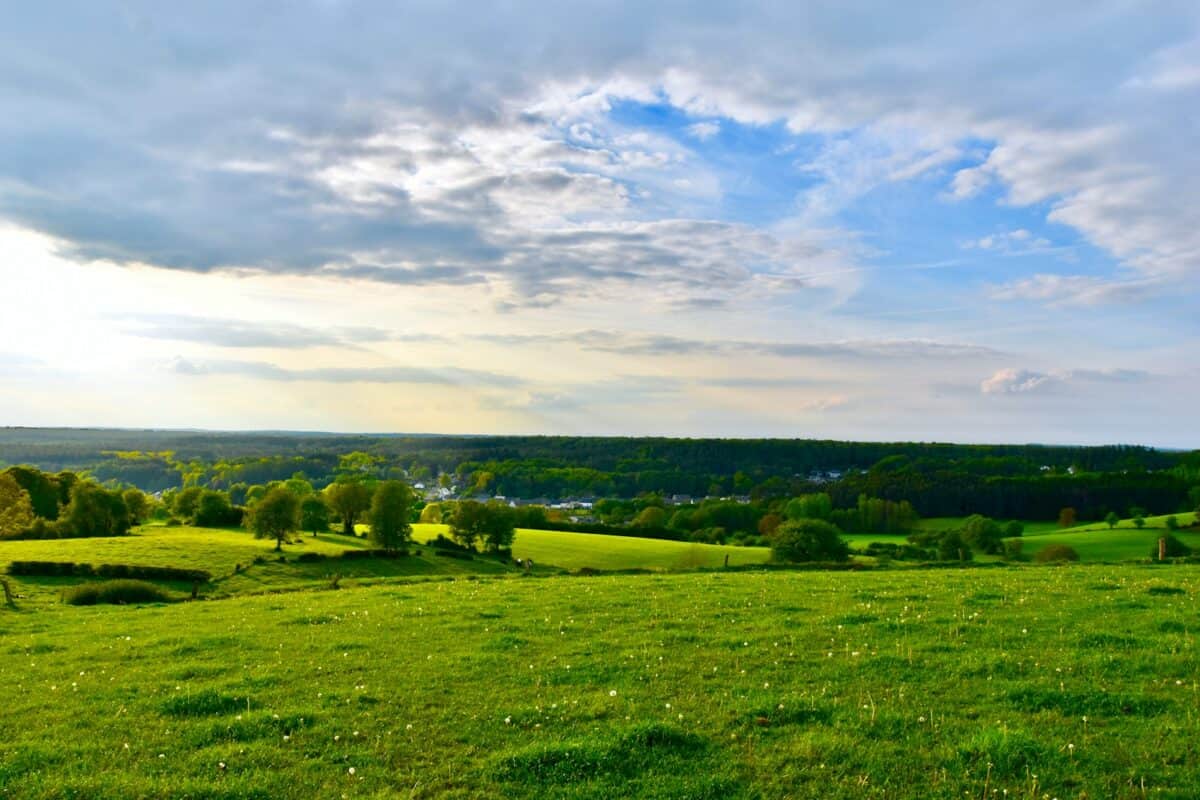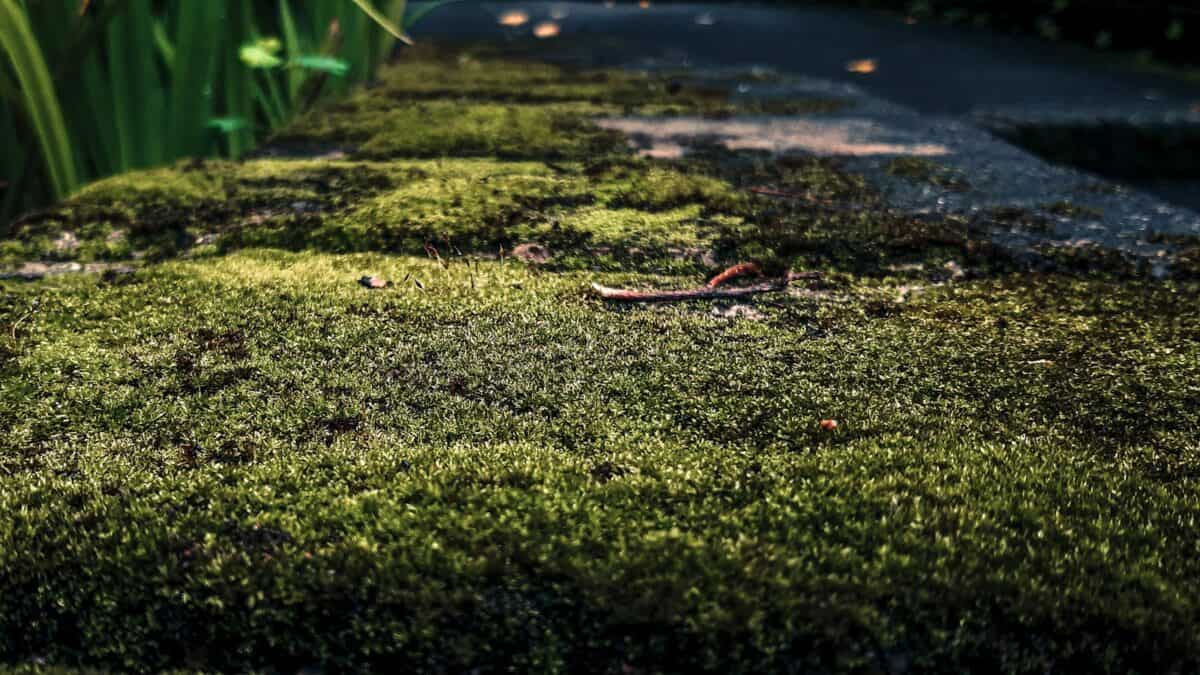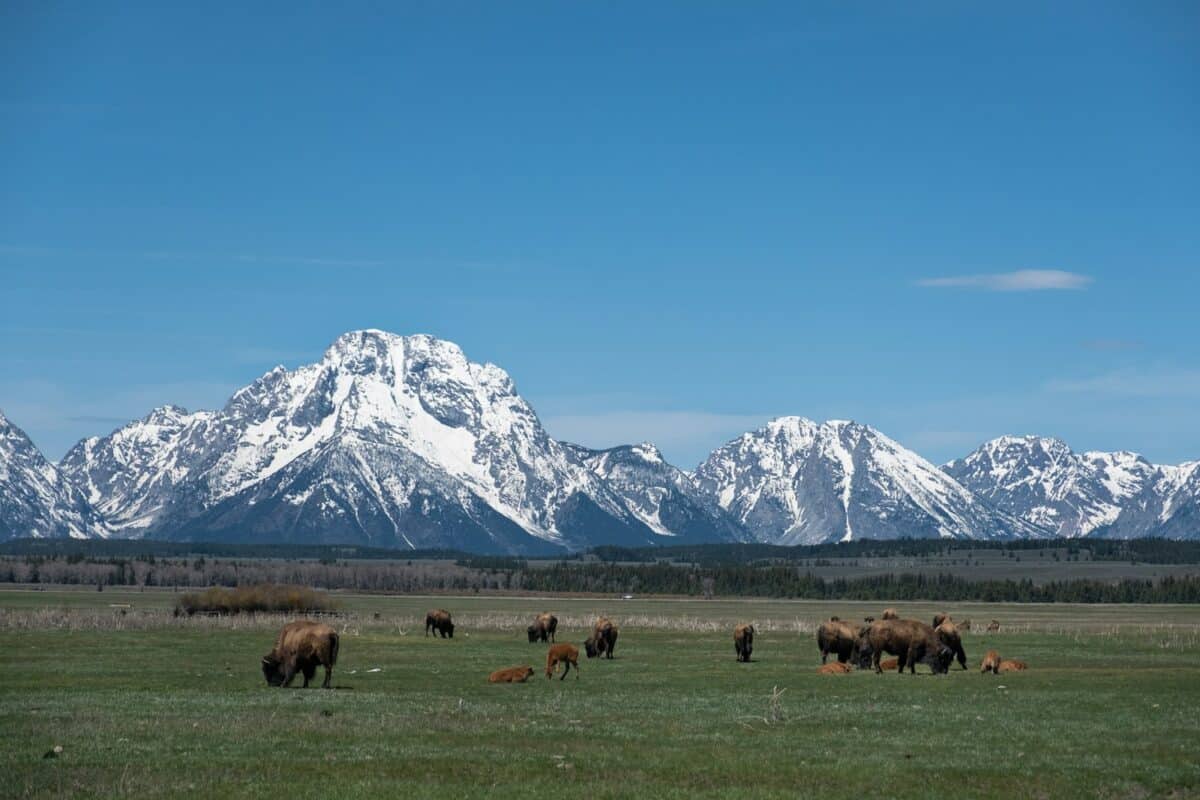Grasslands rank among the most threatened ecosystems globally, with their restoration serving as a cornerstone for preserving biodiversity and combating climate change. Central to this effort, surprisingly, are the North American bison. These majestic creatures play a pivotal role in bringing life back to degraded grasslands. In exploring the connection between bison and grassland restoration, we uncover an essential narrative of ecological interdependence and resilience.
The Plight of the Grasslands

Grasslands, which once covered vast expanses of the Earth, are now diminishing due to agriculture, urbanization, and climate change. This loss has led to a decrease in biodiversity, soil degradation, and disrupted carbon cycles. Understanding how to effectively restore these important ecosystems is essential for combating these environmental challenges.
The North American Bison: An Overview

Bison, also known as buffalo, are the largest terrestrial animals in North America. Historically, millions of these grazing giants roamed the continent, shaping the landscapes they inhabited. Today, efforts to restore grasslands are increasingly recognizing the integral role that bison play in maintaining the health and biodiversity of these areas.
Bison as Keystone Species

Bison are considered a keystone species, meaning their presence significantly influences the structure of their ecosystem. Their grazing habits encourage plant diversity by preventing any one species from dominating, promoting a mosaic of vegetation types that benefit various other organisms.
Grazing Patterns: A Natural Lawn Mower

Bison exhibit unique grazing patterns that are instrumental in grassland health. Unlike domestic cattle, bison roam over vast areas, grazing selectively and moving frequently. This behavior prevents overgrazing and allows plant species time to recover, which encourages the growth of a variety of grasses and wildflowers.
Wallows: Bison-Engineered Ecosystems

Wallows are depressions created by bison rolling on the ground. These natural disturbances create patchy landscapes, increasing habitat heterogeneity. In these spaces, plant species that require more light or less competition can flourish, further enhancing ecosystem biodiversity.
Soil Health and Bison Hooves

The impact of bison hooves on the soil is profound. As bison move across landscapes, their hooves aerate the soil, promoting water infiltration and nutrient cycling. This process enhances soil health and increases its capacity to support diverse plant life.
Carbon Sequestration: Bison’s Climate Role

Grasslands have a remarkable ability to store carbon, and bison play a part in maximizing this potential. Through their grazing activities, bison stimulate plant growth, leading to greater carbon uptake and sequestration in plant biomass and soil. This function is crucial in the fight against climate change.
Enhancing Biodiversity Through Bison Activity

The presence of bison attracts an array of other species to grasslands, including birds, insects, and small mammals. Their activities create habitats and food sources for these organisms, enriching ecosystem complexity and resilience.
Human-Led Restoration Efforts

Conservation groups and land managers across North America are reintegrating bison into grassland ecosystems. These initiatives often involve partnerships with indigenous communities, who have long-standing relationships with bison and understand their ecological importance.
Native American Involvement in Bison Restoration

Indigenous peoples have managed bison populations for centuries and are integral to contemporary restoration projects. These collaborations not only benefit ecosystems but also support cultural renewal and economic development within Native communities.
Challenges of Reintroducing Bison

While bison are powerful agents of ecological restoration, their reintroduction is not without challenges. Issues such as land-use conflicts, disease management, and genetic preservation need careful consideration to ensure successful and sustainable outcomes.
The Future of Grassland Restoration

The partnership between bison and grasslands offers a promising avenue for conservationists aiming to restore these threatened ecosystems. By harnessing the natural processes and behaviors of bison, we can work toward a future where grasslands are not only preserved but flourish with a multitude of life.
In summary, the unexpected link between bison and grassland restoration underscores the importance of reestablishing natural systems. As we face global environmental challenges, understanding and leveraging the natural roles played by species like bison will be crucial in our efforts to restore and maintain the health of our planet’s ecosystems.
- The Unexpected Link Between Bison and Grassland Restoration - August 11, 2025
- What Time of Year Snakes Are Most Active in the US? - August 11, 2025
- How Rattlesnakes Are Adapting to Suburban Living - August 11, 2025

